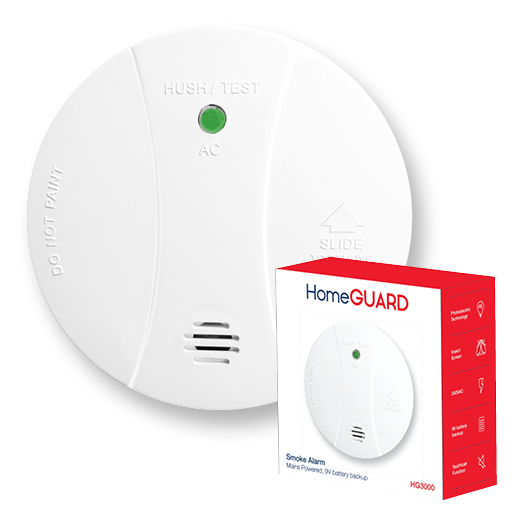Smoke Alarms are essential for the safety of a home. When it comes to choosing a smoke alarm, you should be sure to find one that suits your needs and your budget.
Ionization Vs Photoelectric
Ionization vs photoelectric smoke alarms are two different kinds of smoke detectors that are designed to give you a quick warning in the event of a fire. They are both important for your safety. However, they will respond differently to different types of fires. So, you need to know which is best for your home.
Generally, it is recommended to have both types of smoke alarms. Both have their advantages and disadvantages. Photoelectric smoke detectors tend to be more effective at detecting smoldering fires. However, they can also miss flaming fires. If you live in a home that is susceptible to fast-flaming fires, you may want to consider purchasing an ionization alarm instead.
While both kinds of smoke detectors have been proven to be effective in detecting fires, the two are designed for different types of fires. Photoelectric smoke detectors are able to detect slow-smoldering fires while ionization detectors are better at detecting flaming fires.
Having both types of smoke detectors in your home is essential to keep you safe. There are many combination alarms that combine the two sensors. You will receive the fastest and most accurate warning if you have both types of detectors installed in your home.
Placement Near Cooking Appliances
Getting the right placement for smoke alarms is important. You want to make sure they’re working properly and that you’re in compliance with local and federal regulations. This is especially true in areas of the home where cooking appliances are present. Using a smoke detector that is properly installed will save lives and prevent property damage.
A photoelectric smoke detector, which measures light as it hits a sensor, is best for detecting smoldering fires. Detectors equipped with ionization sensors are faster at detecting flaming fires. Ionization detectors contain radioactive material, which interrupts electrical current and triggers an alarm when a small amount of smoke enters the ionization chamber.
If you have cooking appliances in your home, be sure to place the alarms at least 10 feet away. There are no rules that say the alarms can’t be located near other living space, but they shouldn’t be placed next to fireplaces.
Detectors should be located high on walls, or on the ceiling, so they don’t block the flow of air. They should also be mounted on the wall or ceiling at least 12 inches away from the ceiling/wall line.
Interconnected Vs Standalone
Interconnected smoke alarms are devices that work together to alert the occupants of a home. They do so by sounding off when one is triggered by smoke or carbon monoxide. These alarms are not smart, but they are safe, and they give residents extra time to react in the event of a fire.
In the United States, most states require interconnected smoke alarms in new construction. They are also required in Australian states by 2022. For homes with no wiring, they can be connected via radio signals. One of the main differences between standalone and interconnected smoke alarms is the type of power they use. Standalone units run on batteries. Hardwired models are powered by a fuse or circuit breaker.
Interconnected units operate on AC power. They also have a secondary battery backup. The battery may be replaced each year. A single alarm may sound in the basement, but people in the upstairs bedroom may not hear it. Standalone smoke alarms are limited in their distances that they can travel. Interconnected alarms provide more safety by increasing the range of the warning signal.
Hush Or Temporary Silence Feature
The Hush or temporary silence feature on smoke alarms helps you temporarily disable the alarm. This is particularly useful in cases of false alarms. In order to use this feature, you should first determine the source of the alarm. You should also check the hush times on your smoke detector. Some models offer extended hush periods. For example, some models may allow hush mode for up to 13 hours.
To use the Hush feature, you must hold down the ‘hush’ button on your smoke detector for several seconds until the alarm stops sounding. Then you can reset the alarm to its normal operating state. Most smoke detectors come with a test button. Pressing the button tests the unit’s circuitry and battery function. If everything is working correctly, the alarm should sound.
If your alarm does not silence, you should call a security company or an expert technician to help you fix the problem. They can either reset the alarm system or replace the unit.
Also Read This: Ultimate and custom gaming mouse pads on Fragstore.com are officially licensed by Blizzard

